What is Resistant Starch?
Carbohydrate is one of three primary macronutrients, the other two being fat and protein.
Carbs, as they are commonly known, are primarily composed of starches – which are chains of glucose found in various foods.
When you eat starchy foods like grains or potatoes, not all the starch gets digested in your body. Instead, some of it is resistant to digestion, thus the name resistant starch.
Resistant starch can feed the good bacteria that live in the large intestine. It acts like soluble fiber and has many benefits for your health.
Benefits include improved insulin sensitivity, lower blood sugar levels, reduced appetite, reduced constipation and other benefits for digestion (1).
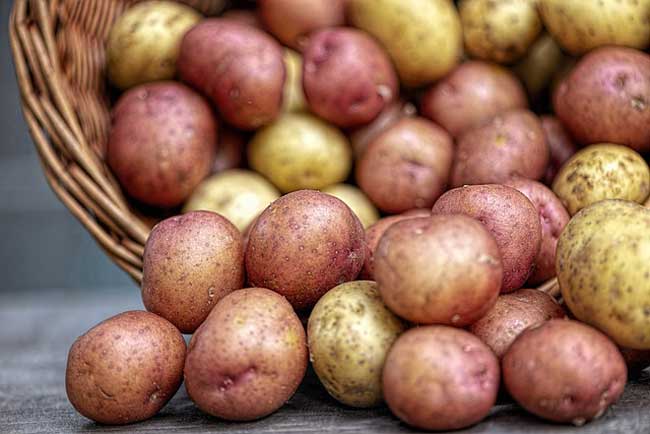
Types of Resistant Starch
There are four different categorizations of resistant starch. A simple break-down of the four types is as follows:
- Type 1: This resistant starch, found in beans (legumes), grains, and seeds, is resistant to digestion because it’s bound within the fibrous cell walls, which act as a barrier that digestive enzymes cannot breach.
- Type 2: This type of starch is found in certain foods such as raw potatoes and unripe bananas. The crystalline structure of the starch prevents it from being digested.
- Type 3: This starch is formed when foods such as rice, potatoes, and pasta are cooked and then begin to cool down. The cooling turns some of the digestible starches into resistant starches via retrogradation.
- Type 4: This kind of starch does not occur in nature because it is formed through artificial, man-made means.
Although there are four different kinds, some foods can contain multiple types of resistant starch.
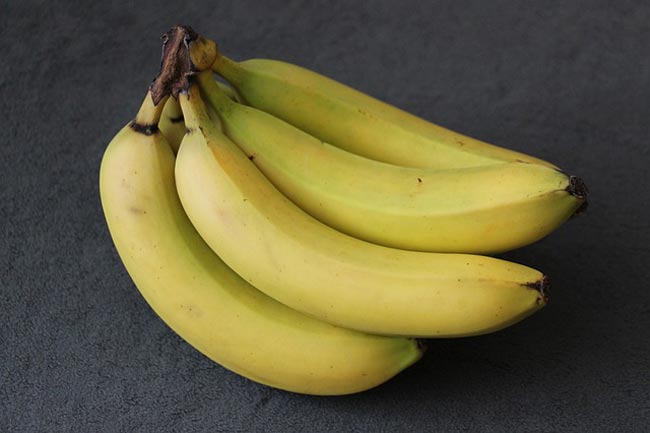
Health Benefits of Resistant Starch
1. Resistant starch and gut health
When eaten, resistant starch ends up in your large intestine. Inside the intestine resistant starch is digested by bacteria that turn it into short-chain fatty acids (2).
The most important of these fatty acids is butyrate (3). Butyrate is an important fuel of the cells that line your colon (4)
In short, resistant starch feeds the friendly bacteria and indirectly feeds the cells in your colon by increasing the amount of butyrate, and this has a number of benefits for the colon.
Resistant starch reduces the pH level of the colon, reduces inflammation and leads to several beneficial changes that should lower your risk of colorectal cancer (as seen below), which is the fourth most common cause of cancer death worldwide (5, 6).
The short-chain fatty acids that aren't used by the cells in your colon travel to your bloodstream, liver and elsewhere in your body, where they may have various benefits. (7, 8).
Due to its therapeutic effects on the colon, resistant starch may aid the healing of inflammatory bowel diseases like ulcerative colitis and Crohn's disease, constipation, diverticulitis and diarrhea (9).
In animal studies, resistant starch has also been shown to increase the absorption of minerals (10).
2. Resistant starch & glucose metabolism
Consuming resistant starch has been shown to help with insulin sensitivity. One study found that it helped improve insulin sensitivity in those with metabolic syndrome (11).
It has also been shown to be effective at lowering the level of blood sugar after a meal has been eaten (12).
Not only does the resistant starch affect the body directly after a meal, but it can also have what is called a second-meal effect. This means it improves glucose tolerance at lunch even though the resistant starch was consumed at breakfast (13).
Resistant starch has a strong effect on glucose and insulin metabolism. In one study the insulin metabolism was improved by 33%.
This is important when it comes to reducing your risk of major diseases like type 2 diabetes and heart disease. Low insulin sensitivity is thought to be a risk factor of these and other diseases (14).
Researchers are currently studying resistant starch to see if it can reduce the amount of blood glucose spikes after eating a meal. This could have positive outcomes for those suffering from type 2 diabetes and help them reduce their blood glucose to better manage their diabetes (15).
Note that not all studies agree that resistant starch has the aforementioned beneficial effects. The benefits may be dependent on the individual, the dose and the type of resistant starch eaten.
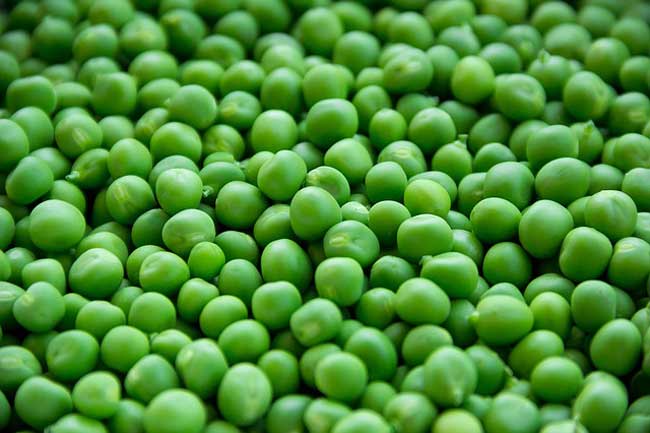
3. Resistant starch, appetite, and weight loss
Compared to regular starch, resistant starch is lower in calories and there is an inverse relationship between calories and the amount of resistant starch. The more resistant starch in a particular food, the fewer calories it contains.
This has led researchers to investigate the effects of resistant starch on appetite and weight loss. Resistant starch seems to act in a similar way to consuming soluble fiber, which can lead to feeling fuller and therefore reducing appetite (16).
One study found that consuming 48 grams of resistant starch over 24 hours may help healthy adults to manage metabolic syndrome and appetite (17).
Another human subjects study found that consuming resistant starch and bran had the highest impact on feeling full when compared to low-fiber foods. This can result in people eating fewer calories because they feel fuller from eating less food. This may contribute to weight loss (18).
4. Resistant starch and colon cancer
One study examined the link between resistant starch and the development of colorectal cancer. Researchers found that consuming resistant starch improved colon health and facilitated the deletion of genetically damaged cells (19).
Another study in Australia examined the relationship between resistant starch and colon health.
The researchers found that combining resistant starch with non-starch polysaccharides resulted in larger bowel movements, faster transit times, and more short-chain fatty acids.
Subjects also had lower concentrations of ammonia and phenols, which can be harmful. These signifiers are thought to contribute to colon health and may be an indicator of a reduced risk of colon cancer (20).
When the good bacteria in the colon eats resistant starch it can produce short-chain fatty acids that have been linked to cancer prevention. Resistant starch is thought to help with the prevention of colorectal cancer and may also be useful in treating breast cancer too (21).
In another study researchers hypothesized that there is a potentially important role for starch in protection against colorectal cancer, and that their results corresponded with the hypothesis that fermentation in the colon is the mechanism for preventing colorectal cancer (22).
=> These 15 foods fight cancer!
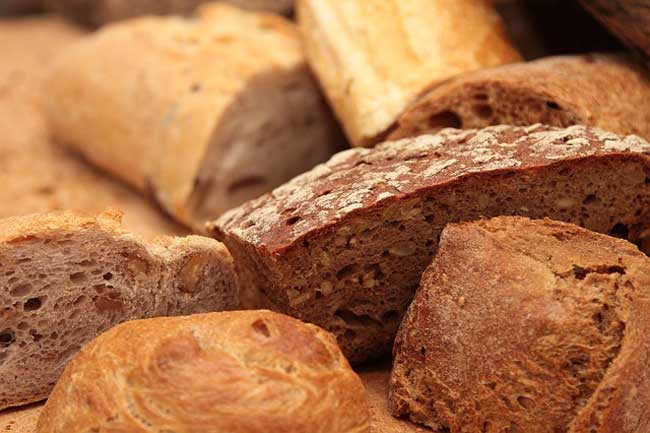
12 Foods High in Resistant Starch
Now that you are more aware of some of the incredible benefits of eating resistant starch, you may be looking to include this type of carbohydrate into your diet more often.
The best way to reap all the advantages of resistant starch is to consume it through a whole-food plant-based diet.
Although supplementation is an option, it doesn’t seem to have as many positive health benefits as getting resistant starch from your diet.
One trial found that resistant starch supplements did not mimic the protective effects of dietary resistant starch when it comes to colorectal cancer (23).
Foods high in resistant starch include the following:
1. Oats
Just 100 grams of oats contains 3.6 grams of resistant starch, and letting cooked oats cool down may increase this amount. Cooking oats in water reduces the amount of resistant starch, so try making overnight oats with plant-based milk instead.
2. Potatoes
Raw potatoes have the most resistant starch compared to cooked, but they are quite unpalatable. Instead, cool potatoes after cooking and enjoy as part of a potato salad or other dish.
3. Beans
Legumes have some of the highest amounts of resistant starch. Some contain up to 4 grams per 100 grams after cooking. This includes chickpeas and lentils, which should always be thoroughly soaked (usually overnight) before cooking and eating.
4. Rice
Rice that has been cooked and cooled down is a great way to add more resistant starch to your diet. Opt for brown rice because it has the bonus of having more fiber and nutrients.
5. Grains
Whole grains are an excellent source of resistant starch and also contain plenty of fiber too.
6. Green Peas
Peas are a delicious way to add resistant starch to your diet. They can be eaten both raw or cooked without losing too much of their valuable starch content.
7. Pearl Barley
This type of barley is without a husk on the outside and can be added to your diet for additional resistant starch. It is also high in vitamins and minerals and can easily be added to soups or salads.
8. Bananas (not fully ripe)
Green bananas are starchier than their sweeter, ripened counterparts. They also contain resistant starch and lots of fiber.
Ripe bananas with brown spots also have many benefits (see here).
9. Bread
Different types of bread can have varying amounts of resistant starch. Pumpernickel has the highest level, while those who are looking for a gluten-free option can try corn tortillas or sourdough instead.
10. Plantains
This notoriously starchy fruit has a lot of resistant starch and can be cooked, fried, or eaten raw just like a banana.
11. Raw Potato Starch
This powder made from potatoes is a very condensed form of resistant starch and should be used sparingly. Add it to your dishes after they have cooled to get the most benefit.
12. Hi-Maize Flour
This starch is similar to potato starch and comes in a powder form, which is a condensed way of getting a high volume resistant starch. It can be added to warm meals after they have cooled or put into smoothies or cereal.
In Summary
If you are trying to lose weight, have high blood sugars, digestive problems like constipation, you should try adding more resistant starch to your diet.
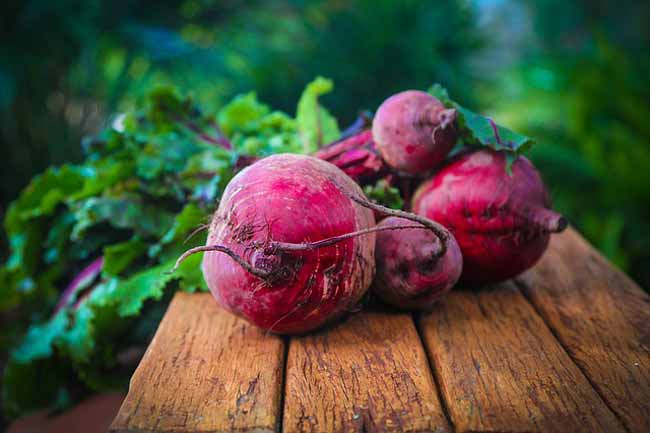


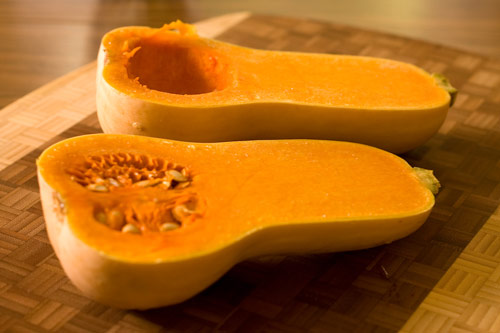
Leave a Reply